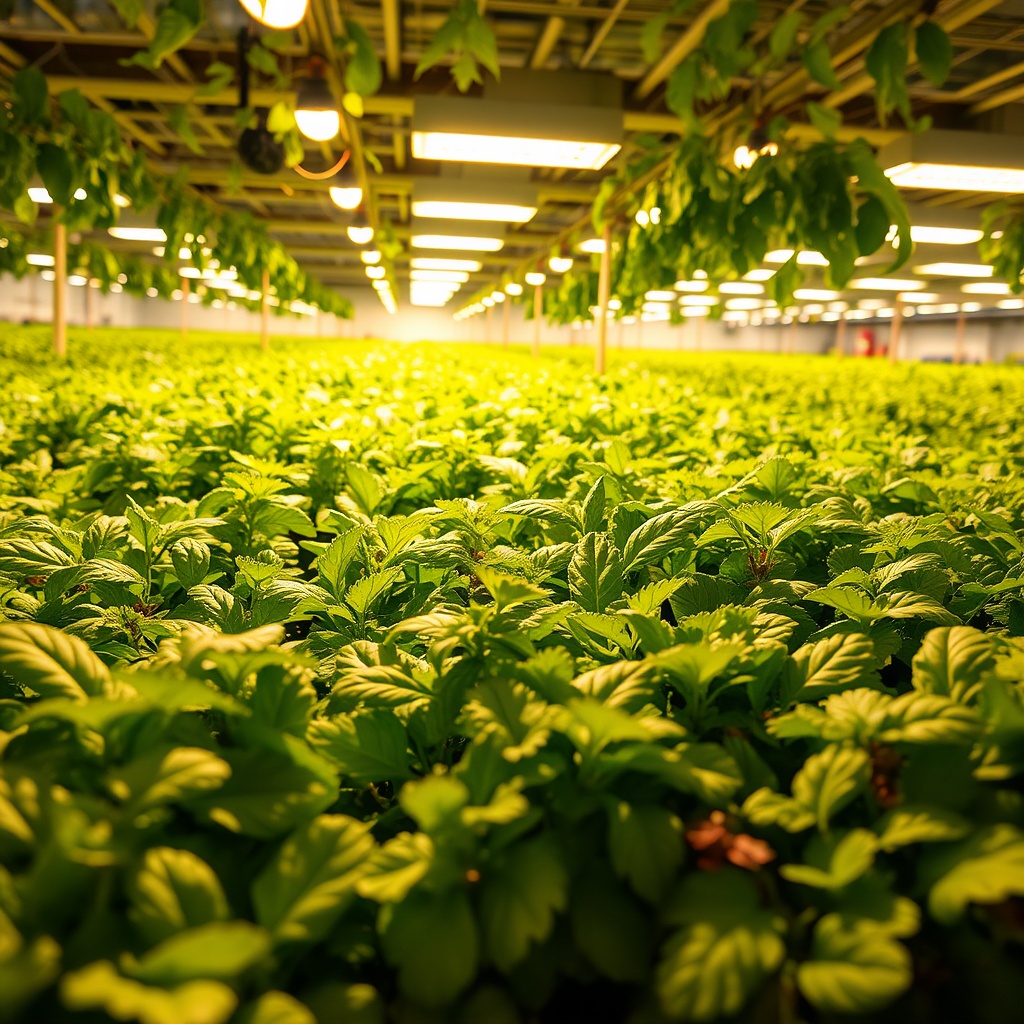The integration of artificial lighting in hydroponic systems has revolutionized indoor gardening, allowing for optimized growth cycles and increased yield. However, excessive light exposure can lead to light burn, a condition that can severely hinder plant health and productivity. Understanding the symptoms, causes, and prevention strategies of light burn is crucial for hydroponic growers aiming to maintain optimal plant conditions.
Identifying Symptoms of Light Burn

Light burn manifests in various forms, and recognizing these symptoms early can be pivotal in mitigating damage. The following list outlines common signs that your hydroponic plants may be experiencing light burn:
- Leaf Curling: Leaves may start curling upwards or downwards, indicating stress.
- Discoloration: Yellowing or browning at the tips or edges of the leaves is a common indicator.
- Stunted Growth: Plants may exhibit slowed growth rates or failure to thrive.
- Burnt Spots: Dark, crispy spots may develop on the leaves, often resembling sunburn.
- Leaf Drop: In severe cases, plants may drop leaves as a defense mechanism.
Understanding Causes and Contributing Factors

Several factors contribute to the occurrence of light burn in hydroponic plants. Key elements include:
- Light Intensity: High-intensity grow lights, especially LED and HPS, can overwhelm plants if positioned too close.
- Duration of Exposure: Extended periods of high-intensity light increase the risk of light burn.
- Plant Type: Different species have varying tolerances to light; some may be more susceptible to light burn.
- Environmental Conditions: Temperature and humidity levels can exacerbate the effects of light exposure.
Strategies for Prevention
Preventing light burn involves a proactive approach to environmental management. Here are effective strategies to safeguard your hydroponic plants:
- Monitor Light Distance: Maintain an appropriate distance between the light source and plants, adjusting as necessary based on plant growth stages.
- Adjust Light Duration: Limit exposure time, especially during the seedling and vegetative stages, to reduce stress.
- Select Appropriate Lighting: Choose grow lights that suit the specific needs of your plant varieties, considering their natural light conditions.
- Regularly Monitor Conditions: Keep a close eye on temperature and humidity, as these factors can influence how plants respond to light.




